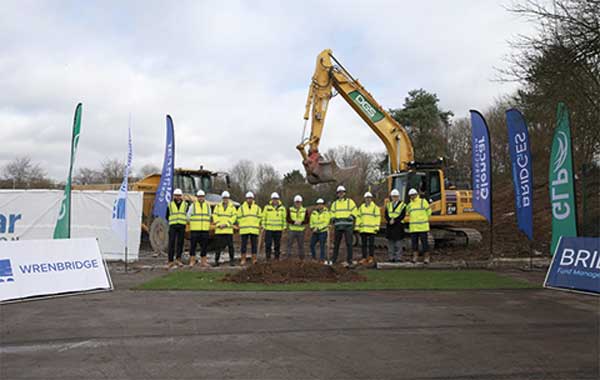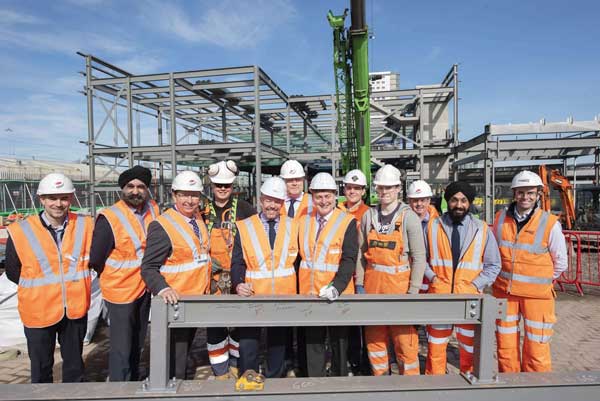SSDA Awards
COMMENDATION: Ed Sheeran Mathematics Tour
Said to be the first use of a temporary demountable self-supporting structure, a unique steelwork project is currently travelling the world with a famous pop artist.
FACT FILE
Architect: Mark Cunniffe Ltd, WonderWorks
Structural engineer: Cundall
Steelwork and Main contractor: Stage One Creative Services Ltd
Client: 1325 Productions
Ed Sheeran’s ongoing Mathematics world tour features a unique steel structure that allows the artist to appear in the round, whereby the audience surrounds the stage, adding intimacy to each performance.
As a conventional stage set-up was thereby out of the question, the usual configuration has been replaced by a unique structure from which all the equipment, such as lighting and LED screens, are suspended.
Designing this structure had a number of challenges, not least that it had never been done before and so there were no examples to follow.
The main requirement was for a structure that could be easily transported, unloaded and erected in just three days within different stadia around the world and then dismantled in an equally short period of time.
The resultant touring structure consists of six 30m-tall steel truss masts, positioned around the central stage, supporting a 60m-span cable net constructed of 22mm diameter galvanized steel spiral strand cable. This, in turn, is used to suspend the central 21m-diameter, 45t circular transparent LED screen over the stage, as well as 10t of audio systems. Additional audio systems and double-sided LED screens shaped like plectrums, both weighing 22t, are suspended from the top of each mast, adding cutting-edge production to a unique structure.
All of the production items are suspended from the top of the steel truss mast or the central cable net, which supports them via pure tension. The central cable net is horizontally restrained by the back-stay cables, which also act in tension and are anchored to the base frame, where ballast is provided to prevent any uplift.
The masts restrain the central cable net vertically and, acting in compression, provide a way to transfer the gravity loads to the ground. The mast supporting steel base frames are designed to safely spread the loads on the field of play and transfer the horizontal base reactions to the field cover (which is always present to protect the pitch) in friction, effectively closing the ‘circle’ of the load path.
The tension forces in the back-stay cables and the radial cables connected to the top of the masts are constantly recorded using load-monitoring pins. All the values are accessible in real time from control boxes located at the base of the masts, or on a cloud platform.
The entire structure was trial erected and load tested one month prior to the start of the tour. This also provided an opportunity to practice the erection process and hone the erection riggers’ experience to achieve the fastest possible build time, which was 15 hours for 180t of steelwork.
Two sets of steelwork were designed, detailed and fabricated in six months. After one season of touring, comprising 52 gigs and 11 builds of each system, remedial inspection revealed no structural issues and only minor cosmetic repairs were required. The systems are currently in their second season of touring the world.
The judges say this is a very good example of how structural steelwork can provide a temporary demountable structure. By adopting techniques typically used in other areas of construction, the team has developed an easily deployable structure capable of accommodating the variable constraints of multiple locations.















